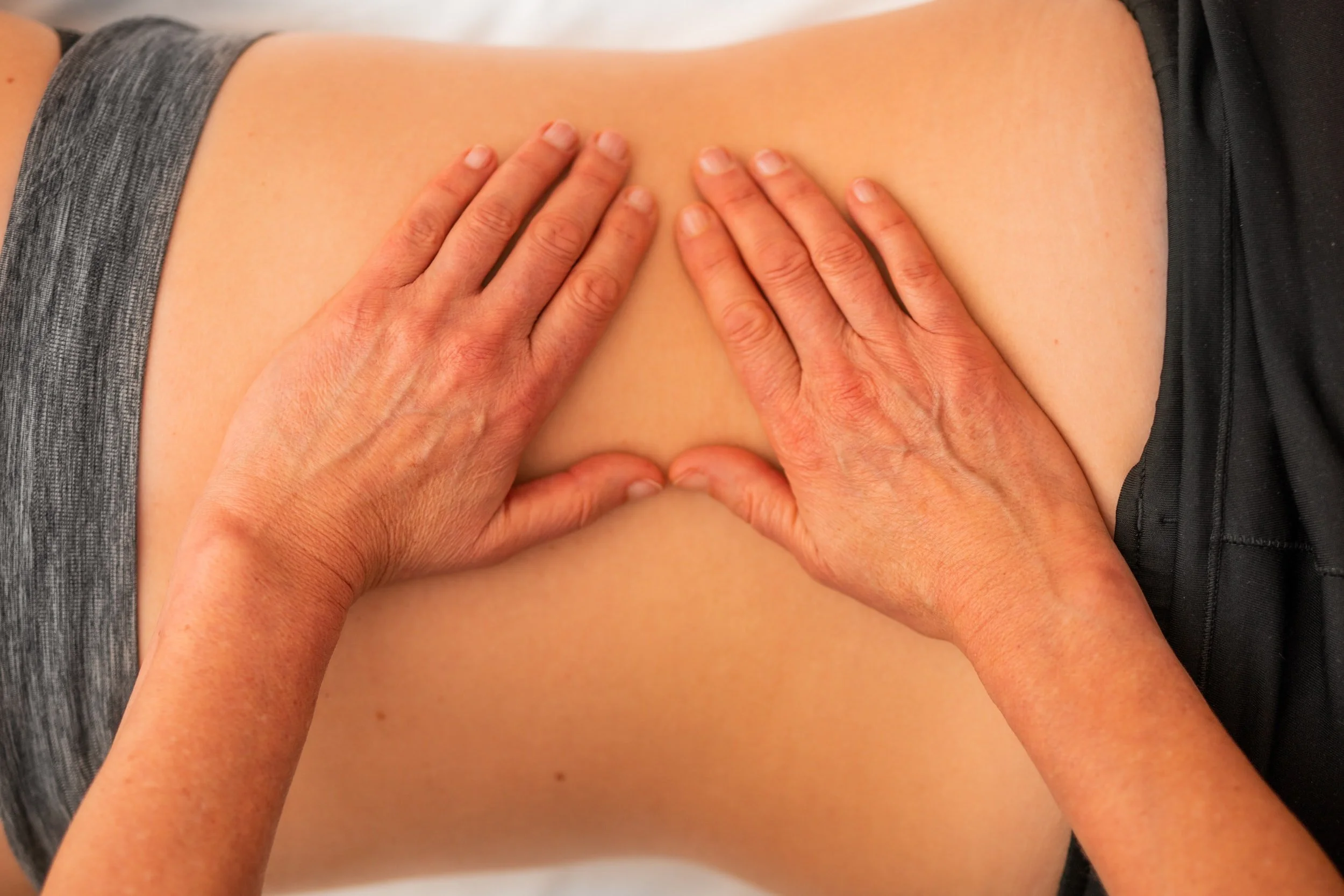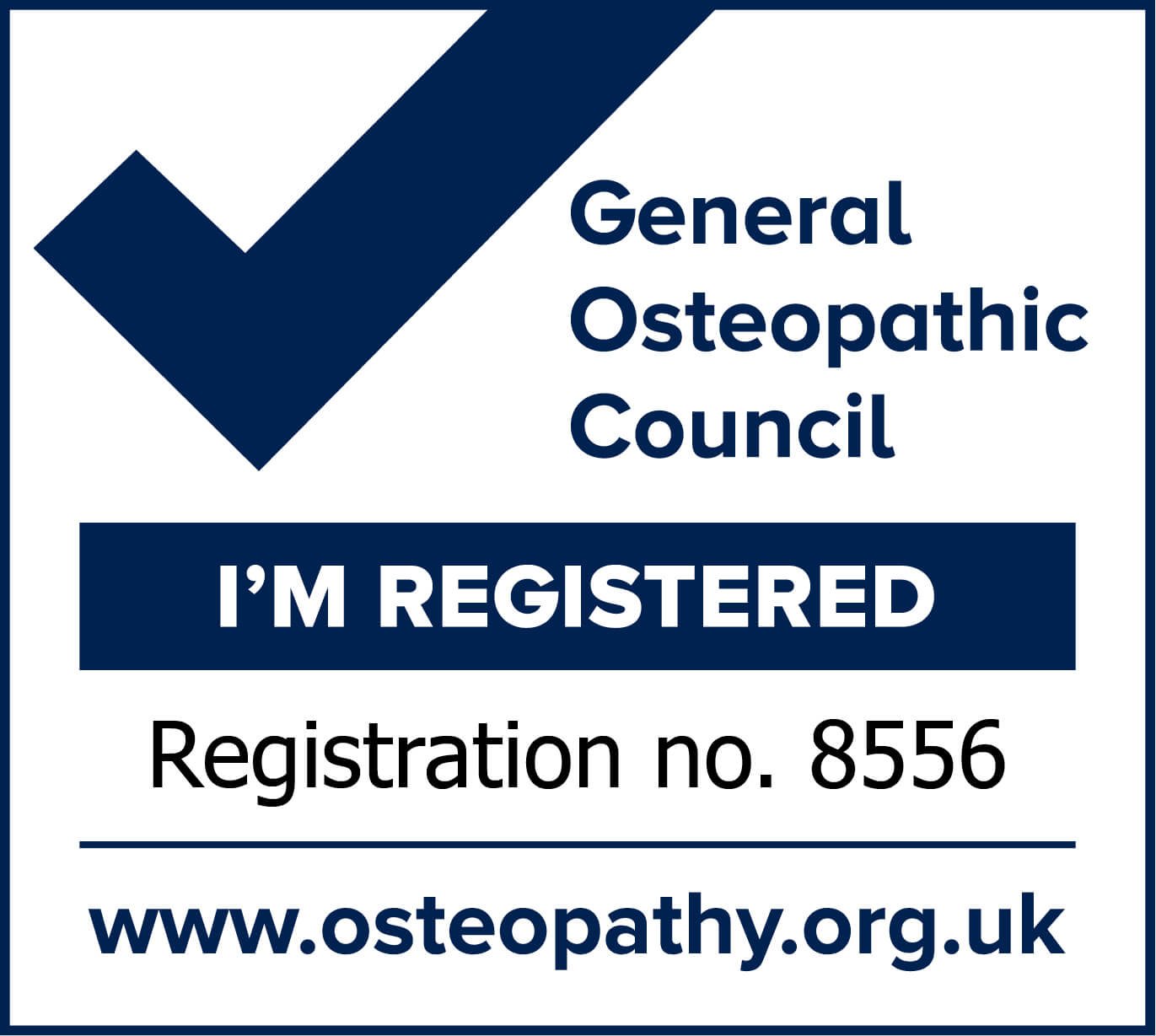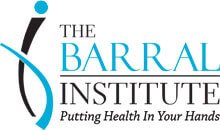Some answers to frequently asked questions
How long are the appointments?
The initial appointment is usually 45 to 60 minutes.
Follow up appointments are 30 minutes.
What can I expect from treatment? -
Consultation and Communication
During your first visit, the osteopath will take a full case history reviewing your current issue, medical and family history, and other details (such as diet and lifestyle factors). This is very important as it will help them to make an accurate diagnosis and suggest appropriate treatment. It is natural to worry about what may be causing your symptoms and your osteopath will always discuss your concerns as part of your consultation.
The Examination
Your osteopath will need to examine and assess the area(s) of your body causing discomfort, so you may be asked to partially undress to your underwear. Sometimes the cause of the problem may be in a different area to the pain, (for example, pain in your shoulder may be linked to your gall bladder or your neck or your shoulder function. You will be asked to stand and perform some simple movements whilst your osteopath stands behind and then in front of you to observe how the problem area of your body is moving.
You will then be asked to sit or lie on the treatment plinth and your osteopath will need to feel for any tightness in the muscles and stiffness in the joints. They may need to touch these areas to identify problems. If you are uncomfortable with any part of this, you have the right to ask them to stop at any stage, without prejudicing your future treatment. You are welcome to bring a chaperone or to wear sports shorts or a vest top.
If needed, further medical testing may be required such as neurological and orthopaedic testing. Patient comfort and satisfaction is important to me. I am happy to discuss any concerns or questions regarding diagnosis or treatment options at any time. Once you understand and are happy with the suggested course of action, we will begin treatment.
Does osteopathy hurt?
Osteopathic treatment is usually a very gentle process and osteopaths work very hard to make treatment as painless as possible, but you may experience some discomfort during and after treatment. Your osteopath will warn you if they think that the technique that they are about to use is likely to be uncomfortable and will stop if you tell them that you are feeling too much discomfort.
Following treatment, you may experience some mild soreness in the area that was treated, this will normally resolve within 2-3 days. If you experience serious or unusual symptoms after treatment, you should contact your osteopath straight away for advice.
How many treatments will I need?
This varies greatly depending on the problem, how long you have had the issue and if there any underlying health conditions. One treatment is enough for certain problems, but generally patients need between 2 – 6 sessions. Some patients feel they benefit from regular treatment once a month or longer intervals. However, the aim is to send you away with the knowledge to avoid reoccurrence. We assure you that we will not suggest that you attend for repeated unnecessary appointments.
One of the fundamental principles of osteopathy is that the body has self-regulating and self-healing abilities. The aim as an osteopath is to:
Find It - Identify source(s) of dysfunction
Fix It - Release the obstacles preventing normal function, mobility and vitality
Leave it Alone - Allow your body to make the necessary changes toward better health
Will I have to undress?
If it is a spinal problem, you will probably be requested to undress to your underwear, to fully assess the issue. You are welcome to wear sports shorts or a vest top and bring a friend or family member to act as a chaperone if you wish.
Is Osteopathic Treatment Safe During Pregnancy?
Osteopathy is safe and gentle for both the mother and the baby. The techniques used during pregnancy are carefully selected to minimise any risk. These techniques are gentle and may be adapted to suit each patient while maintaining the comfort of the mother.
What happens during Treatment?
Your osteopath will make a diagnosis and discuss this and a course of treatment with you. As osteopathic care is based on the individual needs of the patient it varies depending on your age, fitness levels and diagnosis. Therefore, each treatment is tailor made to each individual patient. As an osteopath I use a wide range of gentle, hands-on techniques that focus on releasing tension, stretching muscles and mobilising joints. It may include Dry Needling or Laser Therapy. Occasionally osteopathic techniques can result in an audible ‘click’, this is perfectly normal. Research has shown that manipulations can have beneficial effects, especially for back pain, helping you to return to ordinary movement and activity. Exercises are sent via Physiapp as necessary. Treatment methods will be with your consent and discussed with you.
The health risks associated with having osteopathic treatment are extremely low. If you have any concerns about your treatment, we encourage you to raise these with your osteopath who will be happy to discuss these with you.
Most osteopaths will begin your treatment at your first appointment, but sometimes they may require further tests to be conducted such as blood tests, x-rays or scans, to reach a diagnosis. So, you may be referred to your GP or another appropriate health professional for further tests before we can treat you.
Do I have to be recommended by my G.P.?
No, though many G.P.’s do recommend manual therapy.
Osteopathy is not currently available via NHS Northern Ireland.
Currently N.I.C.E. guidelines for back pain recommend physical therapies. The wait for NHS treatment can be lengthy, and many people prefer to consider alternative available options to avoid a long and painful wait.
Will I get instant results?
It isn’t always possible or always necessary to keep working on something until it’s completely resolved in a treatment session. When you leave after treatment and you’re still feeling pain or discomfort, don’t worry – healing is a process! It can take a few days or a few weeks. Your body must work through the proposed changes to restore functional balance and harmony. It may take several treatments, as well as self-care before you feel and function better. It takes time for the body to self-correct; more frequent treatments or longer won’t speed the healing process. Sometimes you need to be patient and allow the body the time to heal.
Will my Private Medical Insurance cover my treatment costs?
Charmaine Douglas is not registered with any private insurance companies and unfortunately does not undertake writing medical reports. However, she is registered with the General Osteopathic Council (GOsC) and as a fully regulated healthcare profession most private healthcare companies are happy to accept authorise treatment. Please check with your individual plan and insurance company prior to treatment.
Can Osteopathy Help Postnatally?
Postnatal women can have a wide range of issues depending upon their labour experience. Osteopathic care can help to restore and maintain normal pelvic alignment and mobility. This assists in pain relief and discomfort. Unresolved stresses from childbirth can contribute to ongoing back problems, difficulties with menstruation, stress incontinence, and bowel problems such as constipation. Osteopathic treatment can also help with associated aches and pains related to poor feeding posture, increased lifting and carrying of baby and prams etc . Overall, postnatal treatment can help with long term preventative care, allowing you to relax and enjoy your new baby.
Covid-19
At Omagh & Strabane Osteopathy the health and wellbeing of our patients and staff is of paramount importance.
At Omagh & Strabane Osteopathy we remain vigilant and ask that all of our patients follow the current Government guidelines regarding Covid-19 before attending an appointment. All staff will also follow the guidelines.
We continue taking significant measures to ensure the safety of patients and staff .
Any other questions?
If you have any questions regarding your Osteopathic appointment not covered on this page, then please don’t hesitate to contact Charmaine and she will try and answer them for you.






















